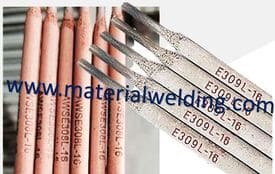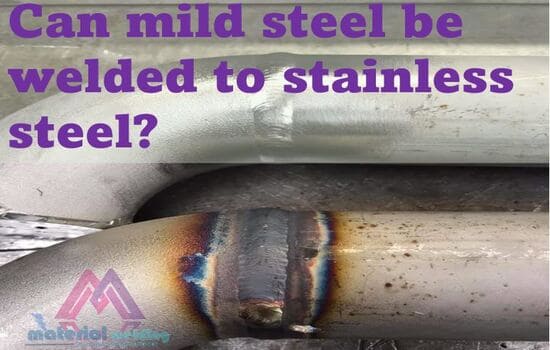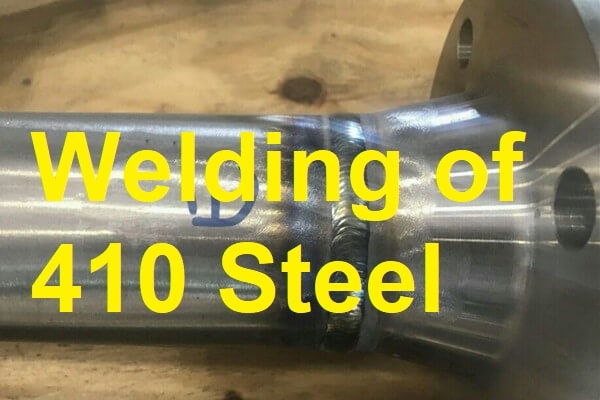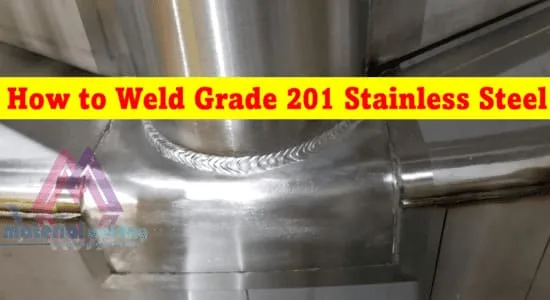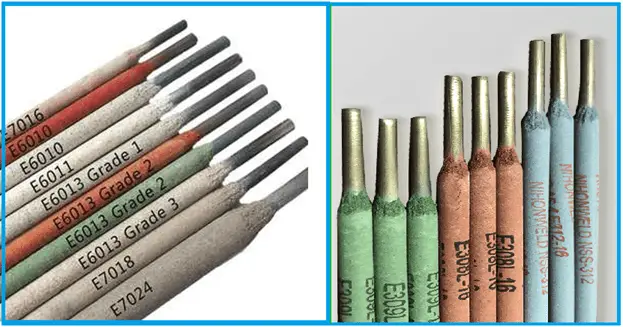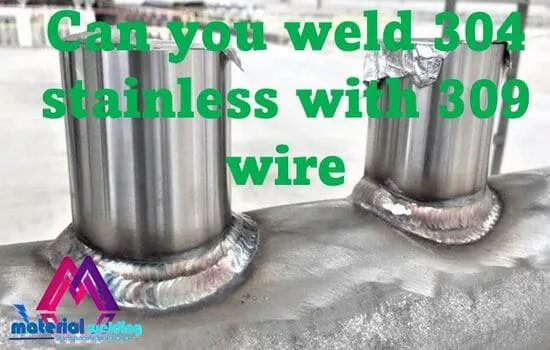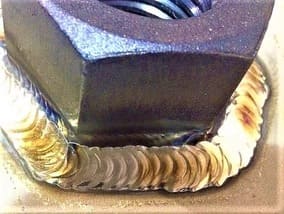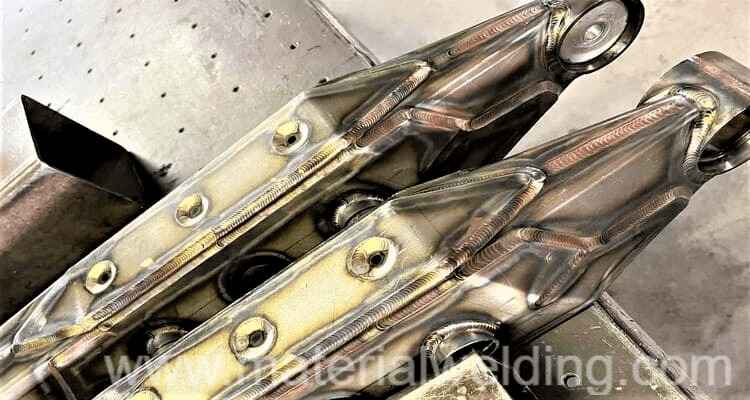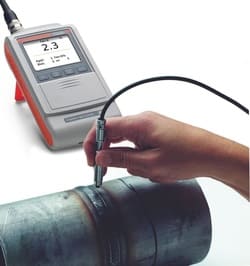Can We Use 309L Welding Rod to Weld 316 Stainless Steel?
When it comes to welding, choosing the right filler material plays a crucial role in achieving the desired outcome. A common question in the welding industry is whether or not 309L welding rods can be used to weld 316 stainless steel. In this blog post, we’ll explore the properties of both materials, and discuss why using a 309L welding rod for 316 stainless steel is not recommended.
What is a 309L Welding Rod?
A 309L welding rod is a type of TIG or MIG welding filler material used in the welding process. It is specifically designed for joining stainless steel to carbon steel or other low alloy steel. The “L” in the name refers to its low carbon content, which reduces the risk of carbide precipitation and intergranular corrosion.
What is 316 Stainless Steel?
316 stainless steel is an austenitic stainless steel alloy that contains chromium, nickel, and molybdenum. It is known for its superior corrosion resistance, making it ideal for applications in harsh environments, such as marine and chemical processing industries.
Chemical and Mechanical Properties of 309L and 316 Stainless Steel
| Property | 309L Welding Rod | 316 Stainless Steel |
|---|---|---|
| Carbon (C) | 0.03% max | 0.08% max |
| Chromium (Cr) | 23.0 – 25.0% | 18.0 – 20.0% |
| Nickel (Ni) | 12.0 – 14.0% | 11.0 – 14.0% |
| Molybdenum (Mo) | 0.75% max | 2.0 – 3.0% |
| Manganese (Mn) | 1.0- 2.5% | 1.0- 2.5% |
| Silicon (Si) | 0.30–0.65% | 0.30–0.65% |
| Tensile Strength | 85,000 psi (min) | 75,000 psi (min) |
| Yield Strength | 40,000 psi (min) | 30,000 psi (min) |
| Elongation | 30% (min) | 40% (min) |
Why You Should Not Use 309L Wire for Welding 316 Stainless Steel
Although 309L welding rods are suitable for many stainless steel applications, they are not recommended for welding 316 stainless steel. Here are some reasons why:
- Mismatch in Chemical Composition: The chemical composition of the 309L welding rod is different from that of 316 stainless steel. Welding with a filler material that has a different composition can lead to a mismatch of properties in the welded joint, which may compromise its corrosion resistance or mechanical performance.
- Cost: The cost of 309/ 309L type filler wire are high compared to 316/316L type filler wire. So using 309L for welding 316 stainless steel will result in high welding cost.
- Increased Risk of pitting Corrosion: Due to the presence of molybdenum in 316 stainless steel, it has superior corrosion resistance compared to 309L welding rods. Using a filler material with lower corrosion resistance may introduce pitting corrosion in the welded joint, compromising the overall integrity of the structure.
- Increase in Ferrite Number: Welds made with 309L welding rods have around 12FN while 316L welding rods Ferrite Number is around 5FN.
- Temperature limit: 316L filler wire contains higher molybdenum and hence can be used for high temperature creep properties. While 309L due to low Mo, has no such advantages.
- Reduced Mechanical Properties: As demonstrated in the table above, 309L welding rods have higher tensile and yield strengths compared to 316 stainless steel. If used to weld 316 stainless steel, the weld joint may have unbalance of mechanical properties, potentially leading to failure in certain applications.
- Applications: 309/309L type filler wires are used for welding dissimilar weld joints (e.g., welding carbon steel to stainless steel (austenitic/ ferritic/ martensitic, etc.) while 316L is used mainly for welding similar alloy such as SS316L grades.
Alternative Filler Materials for Welding 316 Stainless Steel
To achieve the best results when welding 316 stainless steel, it is recommended to use a filler material specifically designed for this alloy. Some commonly used options include:
- 316L: This low carbon variant of 316 stainless steel offers excellent corrosion resistance and is suitable for welding in most applications.
- 316LSi: This filler material contains a higher silicon content, which can improve weld bead appearance and reduce the risk of hot cracking.
Conclusion
While 309L welding rods have their place in the welding industry, they are not the best choice for welding 316 stainless steel. To achieve optimal results, it is essential to use filler materials specifically designed for the alloy being welded. By selecting the appropriate filler material, you can ensure the welded joint maintains the desired mechanical and corrosion-resistant properties.
